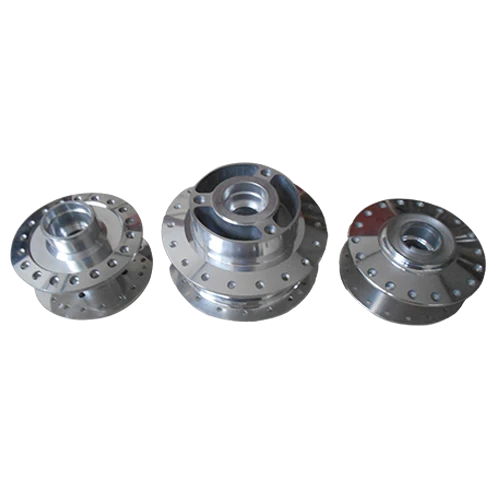Mobile:+86-311-808-126-83
Email:info@ydcastings.com
English
Understanding the Importance of an Automotive Oil Pan in Engine Performance and Maintenance
Understanding the Automotive Oil Pan A Critical Component of Your Engine
The automotive oil pan, often overlooked, plays a crucial role in the efficient operation of an engine. This component serves as the reservoir for engine oil, ensuring proper lubrication, cooling, and overall performance of engine parts. Understanding its functions, design, and maintenance is essential for any vehicle owner or enthusiast.
What Is an Oil Pan?
The oil pan, also known as the sump, is typically made from either stamped sheet metal or cast aluminum. It is located at the bottom of the engine, bolted to the engine block. Its primary function is to hold the engine oil, where it can be readily available for circulation through the engine. The oil pan is carefully designed to accommodate the unique requirements of different engine types and configurations.
Key Functions of the Oil Pan
1. Oil Storage The most apparent role of the oil pan is to store engine oil. Depending on the vehicle's design, the oil capacity can vary, but it generally holds several quarts of oil. This oil is crucial for maintaining engine health as it lubricates moving parts, reducing friction and wear.
2. Cooling Oil not only lubricates but also helps in cooling the engine. As oil circulates, it absorbs heat from the engine components and carries it back to the oil pan, allowing it to dissipate. This cooling effect is vital, especially in high-performance or heavy-load driving conditions.
3. Pre-filtration Before oil is pumped back into the engine, it passes through the oil pan, which often has a built-in baffle or strainer. This design helps to filter out larger debris and particulates, which can cause significant damage to the engine if circulating in the oil system.
4. Windage Control During engine operation, parts such as the crankshaft can whip oil into the air, creating foam and air bubbles in the oil. The oil pan's design often includes windage trays that help separate oil from air, ensuring that only clean, liquid oil returns to the engine.
automotive oil pan

Common Issues with Oil Pans
While oil pans are generally durable, they can suffer from a few common issues. One primary concern is oil leaks, which can occur due to wear and tear, corrosion, or improper sealing during installation. An oil leak not only reduces oil levels but can also lead to engine damage if not addressed promptly.
Another issue is the accumulation of sludge and debris over time, which can impede oil flow and affect engine performance. Regular oil changes and maintenance can help mitigate these issues, ensuring that the oil pan remains in optimal condition.
Maintenance Tips
To keep your oil pan in good working order, regular maintenance is essential. Here are some tips
- Regular Oil Changes Change your engine oil according to the manufacturer's schedule. Fresh oil helps keep the oil pan clean and reduces sludge buildup. - Inspect for Leaks Routinely check for any signs of oil leaks under your vehicle. If you spot oil patches or puddles, it may indicate an issue with the oil pan or its seals.
- Use Quality Oil Always use high-quality engine oil and ensure that you adhere to the viscosity grades recommended for your vehicle.
Conclusion
The automotive oil pan may seem like a simple component, but its role in engine performance is invaluable. By understanding its functions and maintaining it properly, vehicle owners can ensure their engines run smoothly, efficiently, and effectively. Regular attention to the oil pan and its associated systems can prevent far more severe problems down the line, ultimately prolonging the lifespan of the engine and enhancing the driving experience.
-
Premium Fan Housing & Motor Casing for Optimal AirflowNewsAug.31,2025
-
High-Performance Automobile Water Pump & Electric SolutionsNewsAug.30,2025
-
Expert Stainless Steel Casting | Precision & Durable Metal PartsNewsAug.29,2025
-
Precision Metal Castings: Aluminum, Stainless Steel & Die CastingNewsAug.28,2025
-
Superior Aluminum Castings in Automotive Engine PartsNewsAug.22,2025
-
Common Materials Used in Fan Housing ManufacturingNewsAug.22,2025











